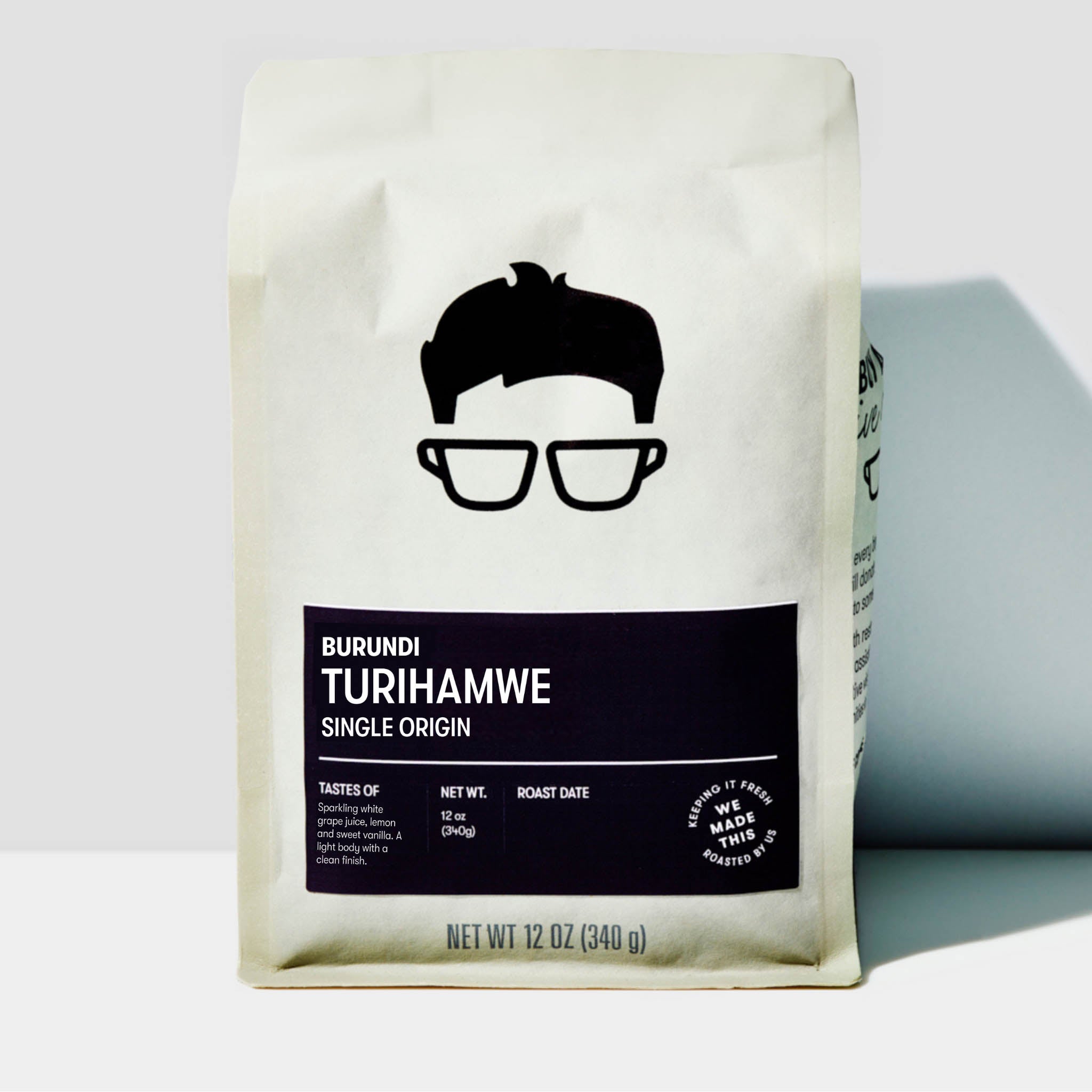Discovering the Origins Behind Specialty SOE Single Origin Espresso
Discovering the Origins Behind Specialty SOE Single Origin Espresso
Blog Article
Coffee Beans 101: Everything You Need to Learn About Espresso and Blended Coffee Beans
When it comes to coffee, understanding the subtleties of coffee and blended beans can transform your daily mug. From the growing process to roasting strategies, every step plays a function in your coffee experience.
Understanding Coffee Beans: Selections and types
When diving right into the world of coffee, recognizing the kinds and ranges of coffee beans is vital for every fanatic. Arabica beans are understood for their smooth, intricate flavors and lower high levels of caffeine content, making them a preferred amongst coffee fanatics.
Within these types, you'll discover various regional selections, each bringing one-of-a-kind characteristics. For instance, Ethiopian Yirgacheffe uses bright flower notes, while Colombian beans supply a healthy flavor profile. As you explore, bear in mind to take notice of handling approaches like cleaned or all-natural, as they can substantially influence the final taste. By acquainting yourself with these beans and their tastes, you'll boost your coffee experience and make even more enlightened selections in your brewing trip.
The Growing Process: From Seed to Bean
When you check out the journey of coffee, all of it beginnings with seed selection techniques that establish the foundation for quality. From there, cultivation and harvesting play essential functions in guaranteeing the beans grow. Processing approaches change those harvested cherries into the coffee beans you love.
Seed Choice Techniques
Picking the appropriate seeds is important for producing top quality coffee beans, as it lays the structure for the entire growing process. You need to start by selecting seeds from credible sources that prioritize high quality and genetic variety. Look for varieties known to thrive in your certain environment and dirt conditions. Pay focus to the seed's age and storage space problems, as fresh seeds tend to sprout much better. When possible, select organic seeds to reduce exposure to dangerous chemicals. Consider the illness resistance of various selections, as this can significantly affect your return. Don't wait to consult with local farmers or experts to gain insights right into the best seed options for your area. This expertise will certainly boost your coffee-growing experience.
Cultivation and Harvesting
As you support your coffee seeds into prospering plants, recognizing the cultivation and harvesting procedure is essential for accomplishing the very best flavor and high quality. Beginning by planting your seeds in well-draining soil, preferably in a shaded location to safeguard them from direct sunshine. As your plants grow, preserve constant wetness, and bear in mind their need for nutrients. Prune routinely to advertise airflow and healthy development.
When it comes time to harvest, search for ripe cherries, which typically turn a dynamic red. Hand-picking is often the very best method to guarantee only the ripest cherries are picked. Timing is vital; collecting prematurely or too late can influence the flavor profile of your beans. Embrace patience and treatment, as this is where top quality begins.

Handling Approaches Clarified
Once you've gathered your coffee cherries, the following necessary step is refining them to transform those dynamic fruits into the beans you'll brew. In the dry procedure, you spread out the cherries out in the sunlight to completely dry, enabling the fruit to ferment and pass on unique tastes to the beans. Comprehending these methods is key to enjoying your coffee experience.
Toasting Methods: Exactly How Flavor Is Established
When it comes to toasting coffee beans, comprehending roast degrees is essential to disclosing their unique flavors. Each roasting technique impacts the aroma and improves the taste growth process, giving you a richer coffee experience. Let's discover just how these variables integrated to elevate your everyday brew.
Roast Degrees Discussed
Roast levels play a vital role in forming the flavor account of your coffee. By recognizing these degrees, you can much better choose a coffee that matches your preference choices. Experiment with different roasts to find which one reverberates with you, enhancing your overall coffee experience and enjoyment.
Influence On Scent
The roast degree not only affects the preference of your coffee but additionally considerably influences its fragrance. When you select a light roast, you'll commonly discover intense, floral notes that can make your coffee smell fresh and lively. As the beans darken, the fragrance shifts; a tool roast highlights a lot more balanced, caramelized aromas, while a dark roast has a tendency to feature vibrant, smoky undertones. Each toasting technique releases different unstable substances, shaping just how your coffee scents. In addition, the freshness of the beans plays an essential role; fresh baked coffee releases a lot more fragrant oils, boosting that luring fragrance. Pay focus to the roast level-- it's key to revealing the full aromatic experience of your brew.
Flavor Growth Process
As you explore the taste development procedure, you'll find that roasting strategies play an important role in forming the taste account of your coffee. The roasting temperature and time directly influence the acidity, sweetness, and resentment of the beans. Light roasts keep more of the bean's initial tastes, highlighting flower and fruity notes.
Coffee vs. Blended Coffee: Key Distinctions
Coffee and combined coffee each offer unique experiences that deal with different preferences and choices. Coffee is a focused coffee brewed forcibly warm water via finely-ground coffee beans, leading to a rich, bold taste and a velvety layer of crema on top. It's commonly appreciated as a shot or used as a base for drinks like lattes and cappuccinos.
On the other hand, combined coffee combines numerous beans from different areas, creating a much more balanced taste profile. You'll usually find blends that highlight acidity, body, or sweetness, making them versatile for different developing approaches. While espresso concentrates on strength, mixed coffee might provide a more comprehensive series of tastes that can change with each sip.
Ultimately, your selection between coffee and blended coffee boils down to your personal preference. Whether you yearn for a leisurely cup or a quick shock, both alternatives have something scrumptious to offer.

Brewing Methods: Opening the Perfect Cup
When it pertains to brewing coffee, finding the right method can change your experience and boost your mug. Each brewing method has its distinct charm and can greatly influence your coffee's taste and scent. Using a French press permits you to enjoy a abundant and robust mixture, while a pour-over method gives a tidy, brilliant cup with unique tastes.
If you like espresso, buying a top quality machine can aid you master the art of pulling shots. For comfort, a single-serve pod system uses speed without compromising preference.
Do not neglect about chilly mixture, which delivers a smooth, less acidic coffee suitable for hot days. Experiment with various techniques to find what reverberates with your taste buds.
Sampling Notes: Identifying Taste Profiles
Just how can you absolutely appreciate your coffee if you do not know what flavors to look for? Tasting notes are your overview to comprehending the complicated world of coffee. Pay attention to the initial tastes that strike your taste buds when you drink. You could identify fruity notes, like berry or citrus, or maybe a nutty touch. As you proceed to taste, see just how the tastes progress-- this is called the "surface." Some coffees might leave a chocolatey or sugar aftertaste, while others might have an intense, tidy finish.
Think about the body of the coffee, as well; is it airy and light or thick and syrupy? Don't neglect acidity; a bright level of acidity can include life, while a low acidity could give a smoother experience. By identifying these flavor accounts, you'll grow your link with each mug, making coffee tasting a delightful trip of discovery.

Tips for Choose and Keeping Coffee Beans
Selecting and keeping coffee beans properly can significantly boost your brewing experience. Begin by picking high-grade beans that suit your taste - SOE.
When you have your beans, store them in an impermeable container to stop direct exposure to air, light, and dampness. A dark, great area functions best, so avoid maintaining them in the refrigerator or freezer, as this can present moisture. Only grind the amount you need to maintain quality; entire beans maintain taste longer than pre-ground coffee.
Last but not least, try to use your beans within two to four weeks after opening for peak taste. Adhering to these tips will certainly guarantee your coffee stays pleasurable and savory, raising your everyday mixture to brand-new heights.
Frequently Asked Inquiries
For How Long Do Coffee Beans Stay Fresh After Roasting?
Coffee beans stay fresh for regarding 2 weeks after roasting - SOE. You need to keep them in a closed container, away from light and SOE moisture. Afterwards, their flavor and aroma begin to reduce substantially

Can I Mix Different Coffee Bean Varieties?
Absolutely, you can mix different coffee bean selections! Trying out with blends can boost tastes and create an unique preference account. Simply ensure to balance the strengths and qualities of each variety for the very best outcomes.
What Is the Ideal Work Size for Coffee?
For espresso, you'll want a fine work size, concerning the appearance of salt. This permits perfect removal, causing an abundant, savory shot. Experiment a little bit to find what suits your taste best!
Exactly How Does Elevation Affect Coffee Bean Flavor?
Altitude affects coffee bean flavor by influencing the development rate and chemical make-up. Greater elevations lead to slower growth, which enhances acidity and complexity, giving your coffee a one-of-a-kind and dynamic preference you will not neglect.
Exist Decaffeinated Versions of Espresso Beans?
Yes, there are decaffeinated versions of coffee beans. You can delight in a rich coffee taste without the caffeine kick. Just search for "decaf" blends at your neighborhood coffee bar or specialized shop.
Coffee Beans 101: Whatever You Need to Know Concerning Espresso and Blended Coffee Beans.
When diving right into the globe of coffee, understanding the kinds and varieties of coffee beans is necessary for every lover.When it comes to toasting coffee beans, comprehending roast levels is essential to disclosing their one-of-a-kind flavors. Coffee is a concentrated coffee brewed by requiring warm water via finely-ground coffee beans, resulting in a rich, bold flavor and a velvety layer of crema on top.On the various other hand, combined coffee integrates different beans from different regions, creating a more balanced taste account.
Report this page